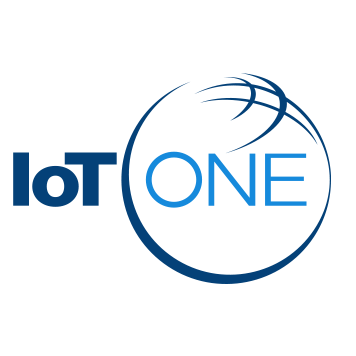Suppliers
United States
Akamai Technologies
Overview
SUPPLIER
MANAGED
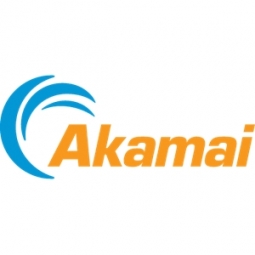 |
Akamai Technologies |
| United States | |
| 1998 | |
| Public | |
| NASDAQ:AKAM | |
| $1-10b | |
| 1,001 - 10,000 | |
| Open website |
IoT Snapshot
Technology Stack
Case Studies
Number of Case Studies3
|
CIRA's Expansion into Cybersecurity with Akamai Secure Internet Access Business
The Canadian Internet Registration Authority (CIRA) was established in 2000 with a mandate to run a safe, secure, and reliable .CA domain for all Canadians. With over 2.8 million domains under management, CIRA saw an opportunity to complement its registry revenue with new services. In 2015, CIRA moved into DNS cybersecurity with the introduction of D-Zone Anycast DNS, a service now used by ISPs, the Canadian government, and many educational institutions. However, after the release of this service, many of CIRA’s customers requested a recursive DNS Service, particularly organizations in the education sector who were interested in a service with content filtering. CIRA considered building a recursive DNS service solution in-house but realized the real value was in a threat feed, which they couldn’t develop on their own. |
|
|
SINET eliminates blackouts using Akamai
SINET, a leading Internet and telecom service provider was dealing with cyberthreats that resulted in network downtime and blacked out user access. Finding the best solution to combat these threats was essential to ensure a highly reliable, quality service and stem the tide of customer churn.SINET, founded in 2009, owns and operates over 200 active network POPs across Cambodia, from all main cities and provincial towns to remote districts and villages. As one of the biggest ISPs in Cambodia, SINET serves innovative customers, particularly startups in the gaming and microfinance industries. This made it all the more critical that the provider find a proven, reliable way to ward off DDoS attacks and malicious software that were causing network blackouts and disrupting the user experience. |
|
|
Douglas Omaha Technology Commission
Struggling with Web Security ChallengesIn 2016, rather than invest millions of dollars to replace its outdated legacy infrastructure, DOTComm began migrating its sites and applications to a large cloud services provider. The organization also used a cloud-based web application firewall (WAF) along with robust alerting tools that enabled it to monitor for outages.Unfortunately, the WAF did not perform as expected. Over a two-year period, DOTComm experienced more than 10 outages, each of which brought down a subset of the organization’s websites and applications. These outages lasted anywhere from 15 minutes to several hours — an unacceptable amount of time when they impacted the availability of 24/7 mission-critical services related to public safety.Even when the outages affected less mission-critical DOTComm sites and applications, the organization had to deal with complaints from county departments and citizens. Because the WAF vendor refused to take accountability for these outages, Dolinski was forced to pore over his log files to prove that the issue was the vendor’s responsibility. Once engaged with the vendor for support, Dolinski was often frustrated dealing with entry-level personnel lacking deep knowledge of the WAF.To make matters worse, the WAF vendor was supposed to manage DOTComm’s SSL certificate renewals. However, lacking a graceful certificate renewal process, the vendor often failed to renew DOTComm’s certificates before they expired. As a result, DOTComm sites would either go offline or throw SSL errors.As soon as the contract with the WAF vendor expired, Dolinski began evaluating other solutions. |
Similar Suppliers
Number of Similar Suppliers5
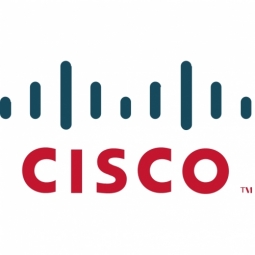 |
Cisco
Cisco designs and sells broad lines of products, provides services, and delivers integrated solutions to develop and connect networks around the world, building the Internet. Over the last 30 plus years, they have been the world’s leader in connecting people, things, and technologies - to each other and to the Internet - realizing their vision of changing the way the world works, lives, plays, and learns.Today, Cisco has over 70,000 employees in over 400 offices worldwide who design, produce, sell, and deliver integrated products, services, and solutions. Over time, they have expanded to new markets that are a natural extension of their core networking business, as the network has become the platform for automating, orchestrating, integrating, and delivering an ever-increasing array of information technology (IT)–based products and services.Subsidiaries/ Business Units: - Jasper - OpenDNS - CloudLock |
---nasdaq--amzn_14.jpg) |
Amazon Web Services
Amazon Web Services has developed the managed cloud platform AWS IoT to let connected devices easily and securely interact with cloud applications and other devices. AWS IoT can support billions of devices and trillions of messages, and can process and route those messages to AWS Endpoints and to other devices reliably and securely. With AWS IoT, your applications can keep track of and communicate with all your devices, all the time, even when they aren’t connected.On top of this platform, AWS also offers a variety of analytics solutions by AWS or third-party suppliers that can help meet all kinds of needs related to data analysis. |
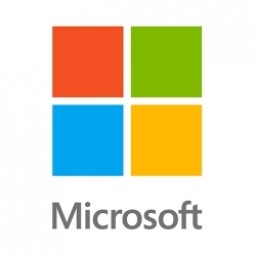 |
Microsoft
Microsoft develops, manufactures, licenses, supports and sells computer software, consumer electronics and personal computers and services. Its best known software products are the Microsoft Windows line of operating systems, Microsoft Office office suite, and Internet Explorer and Edge web browsers.Year Founded: 1975Revenue: $93.6 billion (2014)NASDAQ: MSFT |
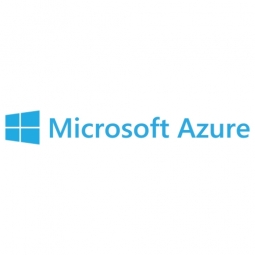 |
Microsoft Azure (Microsoft)
Microsoft Azure is a Cloud Computing platform and infrastructure created by Microsoft for building, deploying, and managing applications and services through a global network of Microsoft-managed data centers. It provides both PaaS and IaaS services and supports many different programming languages, tools and frameworks, including both Microsoft-specific and third-party software and systems. Azure was announced in October 2008 and released on 1 February 2010 as Windows Azure, before being renamed to Microsoft Azure on 25 March 2014. |
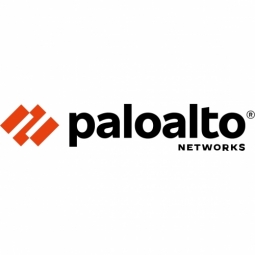 |
Palo Alto Networks
Palo Alto Networks, the global cybersecurity leader, is shaping the cloud-centric future with technology that is transforming the way people and organizations operate. The mission is to be the cybersecurity partner of choice, protecting the digital way of life. They help address the world's greatest security challenges with continuous innovation that seizes the latest breakthroughs in Artificial Intelligence, analytics, automation, and Orchestration. By delivering an integrated platform and empowering a growing ecosystem of partners, they are at the forefront of protecting tens of thousands of organizations across clouds, networks, and mobile devices. Their vision is a world where each day is safer and more secure than the one before. |

